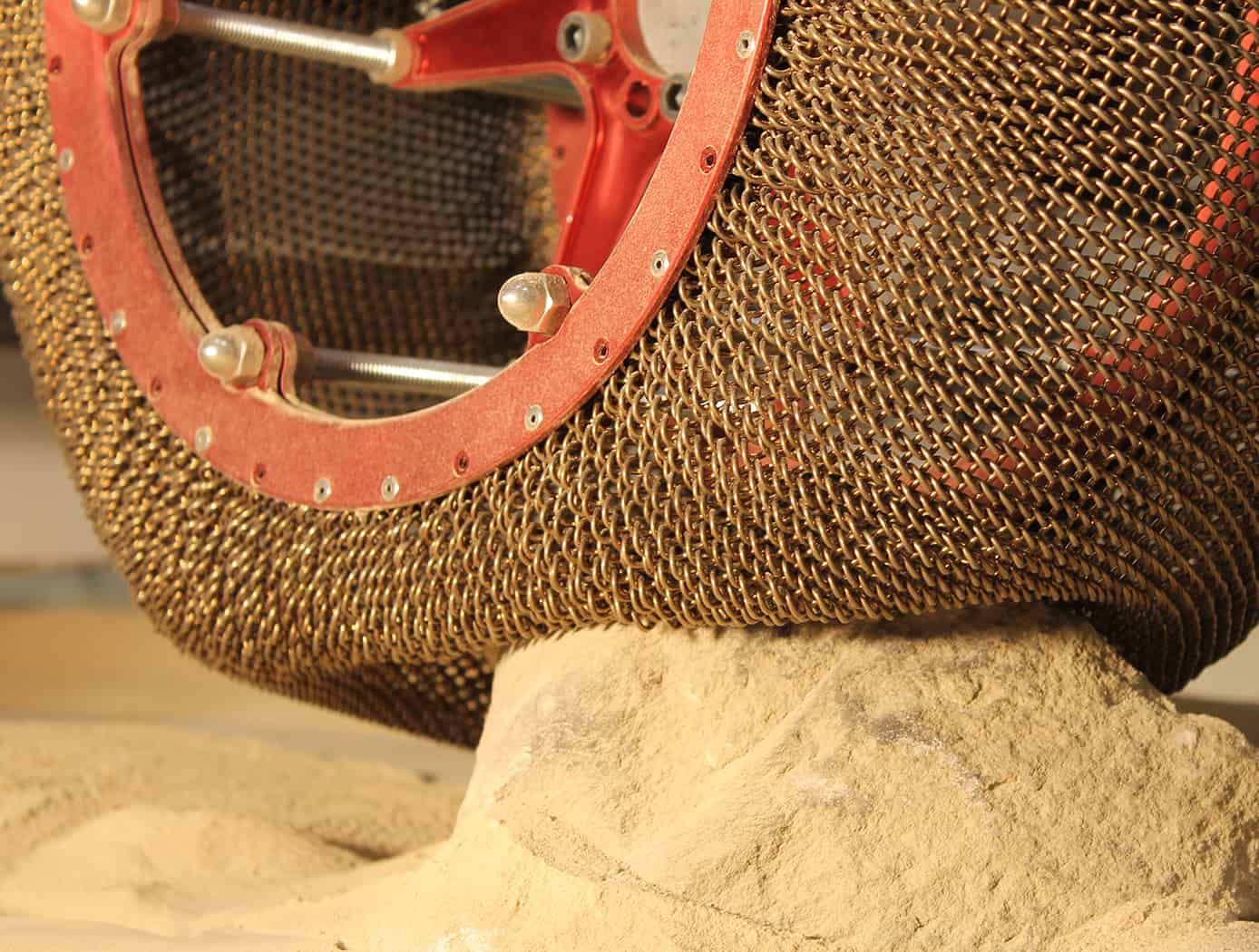
In the damp warmth of a crocodile’s egg, something extraordinary unfolds. The tiny embryo’s face begins to ripple and fold in a pattern that will become the fearsome array of scales we recognize on a fully grown crocodile. But unlike the feathers of birds or the hair on mammals, these scales don’t form the way biologists once thought.
A new study reveals that these polygonal patterns are not the result of a carefully orchestrated genetic blueprint. Instead, they emerge from the physics of growing skin.
For decades, scientists believed that most skin appendages — whether feathers, fur, or scales — grew through a similar process. Molecular signals coded in DNA create these patterns. But the scales on a crocodile’s head told a different story: they emerge not from genetics, but from mechanical forces at work during the embryo’s development.
From Smooth Skin to a Mosaic of Scales
At first, the embryonic crocodile’s head is covered in smooth skin. But as the embryo grows, the skin begins to fold inward. These folds spread and intersect, eventually forming the irregular mosaic of polygonal scales that cover the crocodile’s snout and jaws.
The researchers found that these folds emerge due to a mechanical phenomenon called compressive stress. As the crocodile’s skin grows rapidly, it begins to buckle under pressure. The upper layer of skin, the epidermis, grows faster than the underlying dermis. Because the dermis is stiffer, the faster-growing epidermis crumples and folds, creating the characteristic cracks that outline each scale.
It’s similar to how a sheet of paper buckles when you compress it.

The findings were confirmed after the team at the University of Geneva injected crocodile embryos with epidermal growth factor (EGF), a protein that accelerates skin growth. The result was dramatic. Instead of forming the usual polygonal scales, the embryos developed elaborate, brain-like patterns of folds. When the treatment was stopped early enough, the skin partially relaxed back into smaller, more numerous scales resembling those of caimans.
By speeding up epidermal growth, the researchers intensified the compression, so the skin responded by folding even more.
Not Just Genes: When Physics Takes the Lead
This discovery not only explains how crocodile scales form, but also hints at how evolution can generate diversity using simple mechanical processes. Crocodilians — a group that includes crocodiles, alligators, and caimans — exhibit a variety of head-scale patterns. Some have large, irregular scales; others have smaller, tightly packed ones. The study suggests that these differences can arise from slight changes in the growth rates or stiffness of the skin layers during development.
In other words, it’s an example of how mechanical forces can shape evolution. You don’t need entirely new genetic instructions to create new patterns. Sometimes, a small tweak in growth dynamics is enough.
The researchers also created computer simulations to model this mechanical process. By adjusting parameters like skin stiffness and growth rate, they were able to reproduce the variety of scale patterns seen in different crocodilian species.
Patterns Beyond Crocodiles
Mechanical forces play a role in shaping other biological structures, from the convoluted folds of the human brain to the villi lining our intestines. Understanding these processes may help scientists solve mysteries in other fields, such as tissue engineering and developmental biology.
Biology is often a blend of genetics and physics. Crocodile scales remind us that sometimes, the simplest mechanical forces can create the most intricate patterns.
The findings appeared in the journal Nature.









